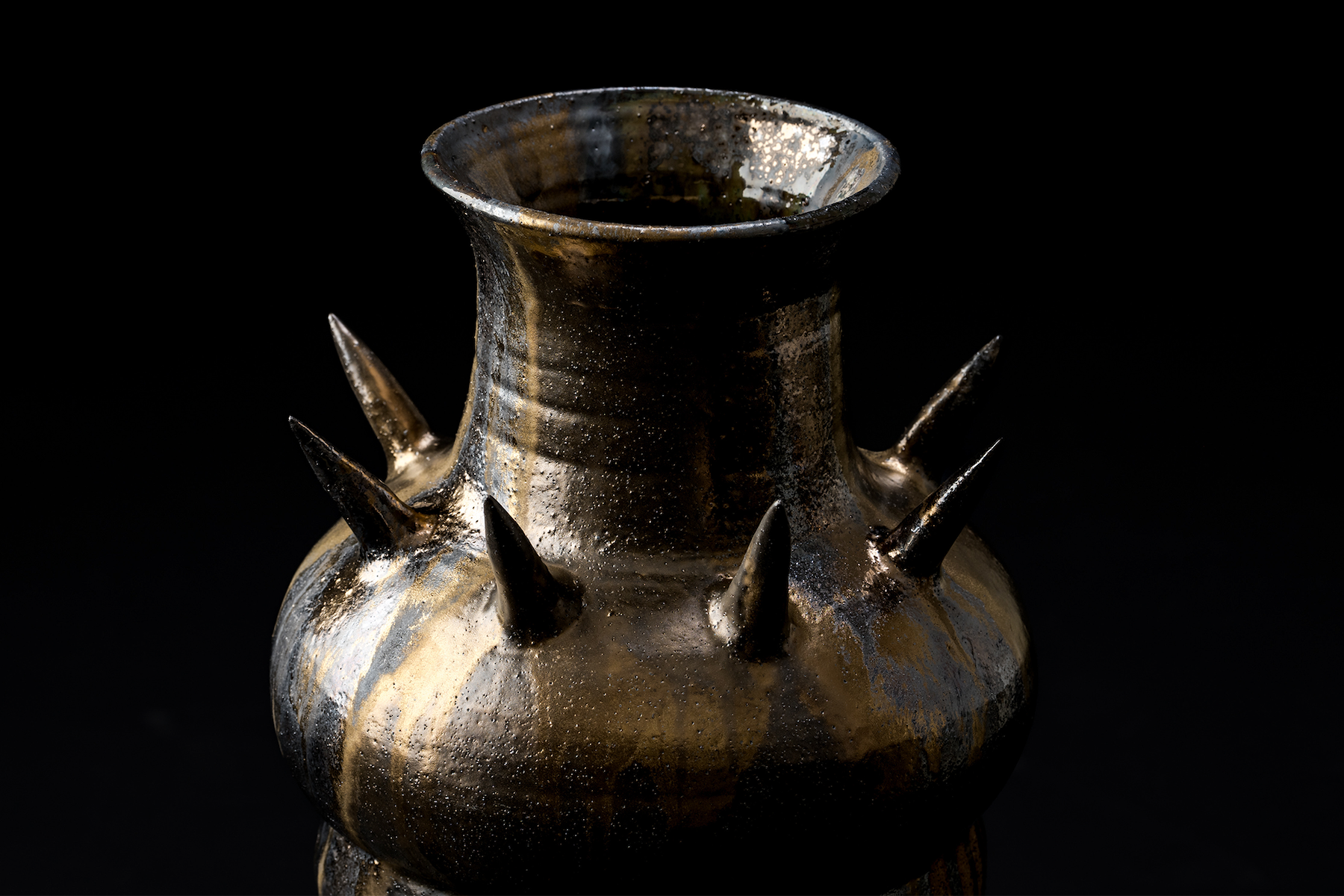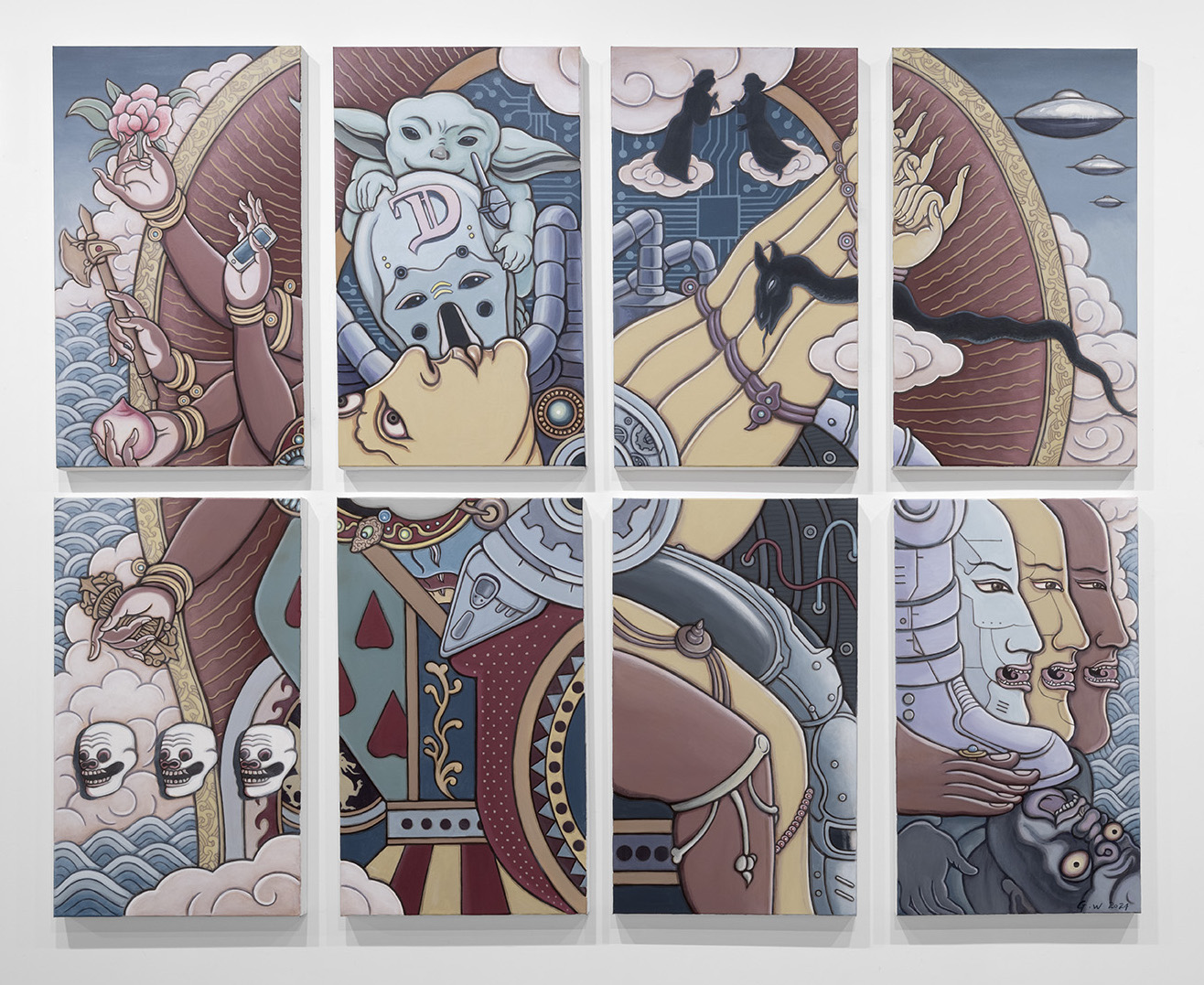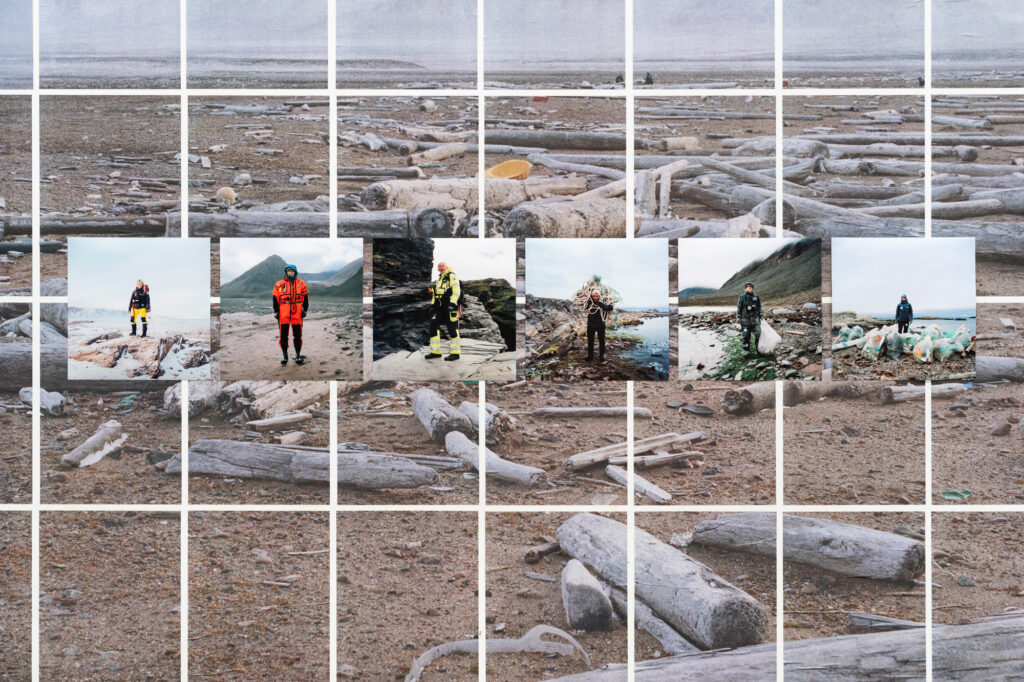
W. G. Sebald’s 1988 prose poem And if I Remained by the Outermost Sea interrogates the protagonist’s decision to leave the safety of an academic career in pursuit of a dangerous expedition to the Arctic. It’s a fitting exhibition title for an artist with a professional background across multiple Australian universities who left his career behind to undertake his own Arctic adventure.
Marc Pricop moved to Norway two years ago and spent a summer as a “coastal renovator” cleaning the beaches. Planning to blend photography and sculpture for a Master of Fine Arts programme, after the first semester Pricop found himself more interested in a project involving clearing marine waste. After approaching a research station to photograph the team in the field, the artist joined a four-week expedition that would form the nucleus of his master’s project.
Thus began a journey that brought personal understanding of the environmental damage in remote areas and the rekindled his love for photography. Pricop felt both privileged and saddened by his time in these unique ecosystems—home to walruses, polar bears, seals and whales—and felt the need to respond. He documented birds’ nests full of household products and dead reindeer whose antlers had become tangled in nets. He spent all year shooting and used the winter to develop and scan his work.
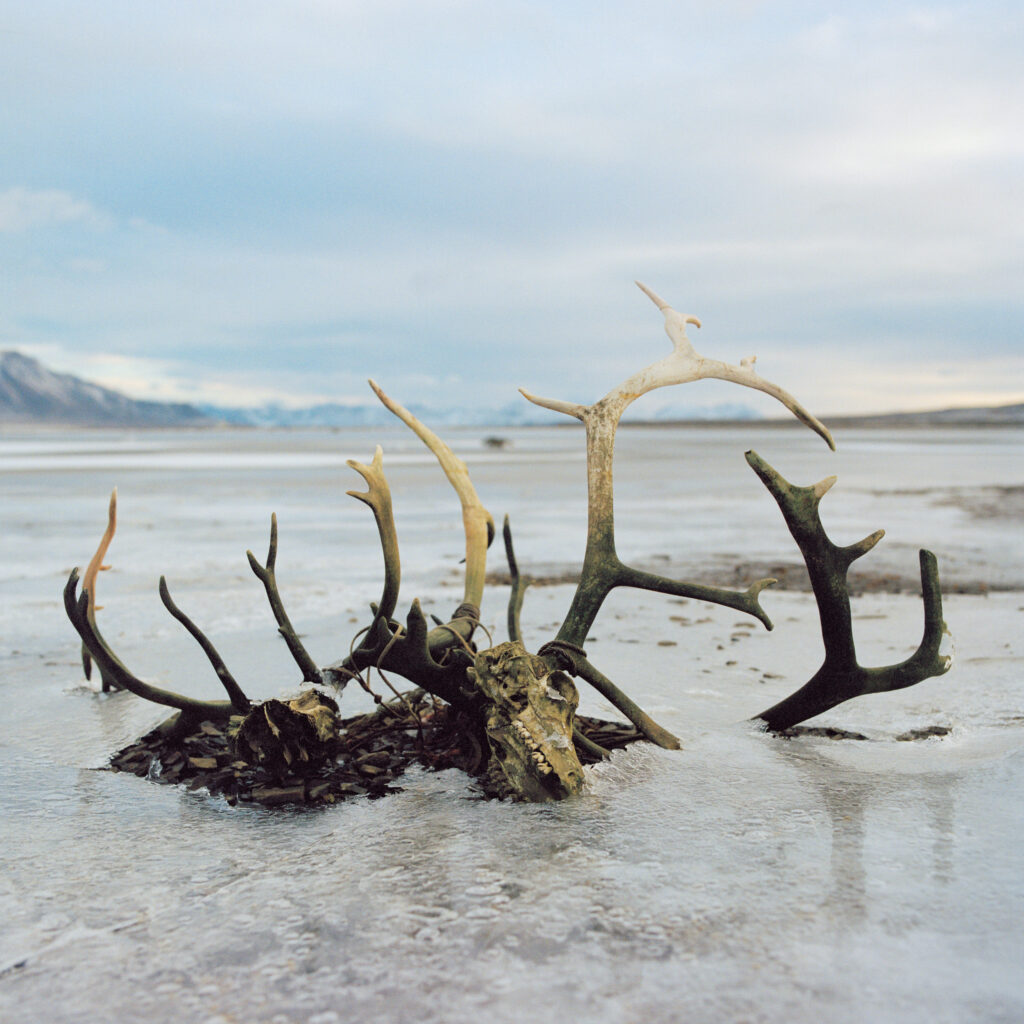
The culmination of this project is exhibited for the first time at Loupe Creative Space in Yeerongpilly, in the inner south of Meanjin/Brisbane. This collection of participatory documentary images comes from marine plastic waste clearing expeditions along the western and northern coastline of Norway. The work makes satisfying use of the space as it spans three walls of the gallery. One wall features eight framed photographs, with eight unframed works on the neighbouring wall. Another wall is all but engulfed by a gridded paste-up of 144 A3 pieces that took eight hours to install. Overlapping this grid are square images spaced to mirror the layout of the framed pieces opposite.
The show joins in a conversation with history, using the visual language of Romanticism and the sublime as a departure point to re-examine our destructive relationship with nature. Alongside the beautiful idylls of nature, we find something much more sinister lurking behind our preconceived notions of the landscape genre.

The pristine beauty captured in the first black-and-white photography documenting the Arctic from the 1840s is a stark contrast with Pricop’s haunting imagery of reindeer skulls wrapped in marine waste. While Pricop’s work is often distinguished by neutral tones, these works have a bias towards cooler tones that the artist says are influenced by the way he remembers a scene with both body and mind.
The 30 × 30 cm framed works reflect the crop of the medium-format camera Pricop favours for his forays into the polar environment. From the wilds of Western Tasmania to the Arctic coastline, Pricop has documented the challenges of having a photography kit in the field by keeping notes on each expedition. He carries a classic Hasselblad 500CM for its modular design, which allows him to easily swap parts in the field and not rely on electronics. The camera’s ancestor model, the Hasselblad 500C, has a reputation for capturing history. It was the first camera to properly document space in 1962 when astronaut Walter Schirra brought it with him on the Mercury rocket, and was also the camera used to capture the iconic crossing of Abbey Road by the Beatles. The framed works are printed on cotton matte paper, underscoring the environmental theme and the artist’s desire to reduce plastic use.
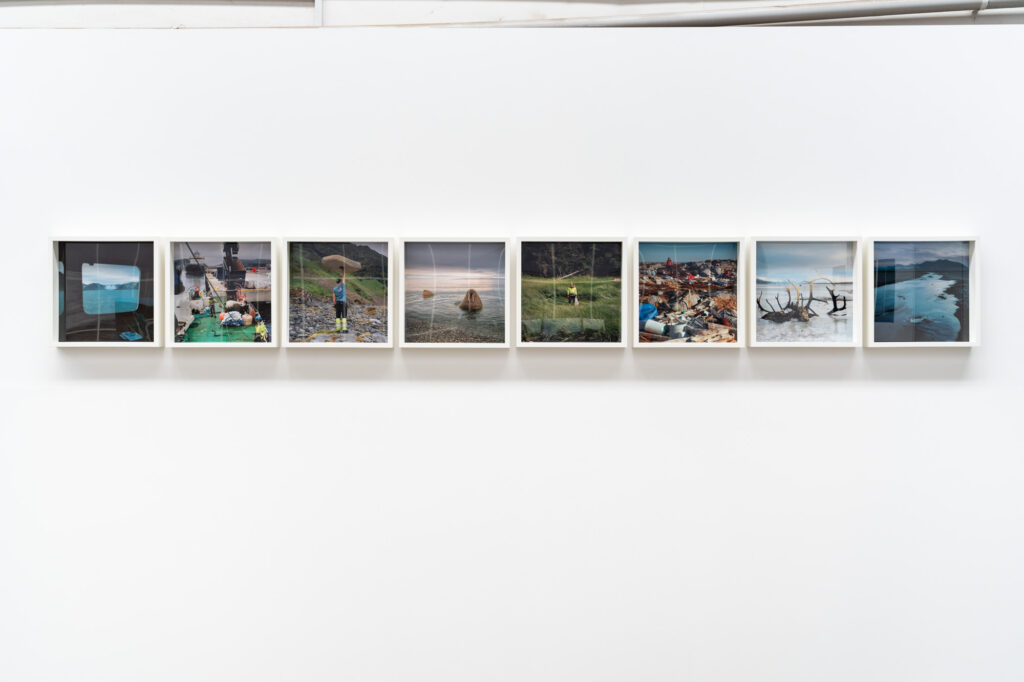
The eight framed works have been hung closely and read as a narrative of the clean-up expedition. Collectively, they juxtapose the pristine and the polluted, expressing the ephemerality of nature and the unfortunate longevity of plastics in the environment. They produce a feeling of unease and evoke curiosity. Parallel to these works, the A3 prints wheat-pasted on the opposite wall form a panoramic photo of a giant bay with overlapping images dividing the landscape. This large format image is a nod to David Stephenson, an American-Australian fine art photographer, whose work includes landscapes across Australia, the Arctic and Antarctica.

The images pasted over the top of the panorama include photographs of participants, all drawn to the challenge of collecting rubbish in remote areas. Framed and contained in the square format, these portraits allude to a landscape that continues beyond human scale. Rather than positioning the viewer in the frame, the portraits challenge us to confront the individual in relation to the environment.
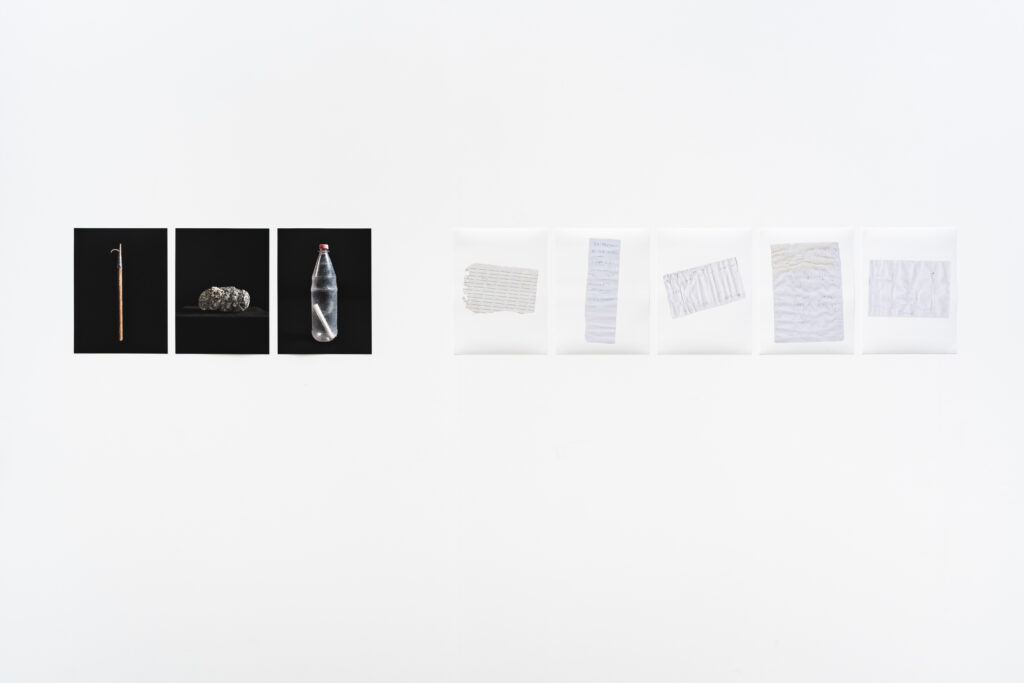
On the third wall, the images form two groups. To the left, three images appear singularly on a black background. The first, Olaf’s Hook, features a purpose-made tool for reaching netting and ropes lodged in giant boulders. The second, Plasticglomerate, is a specimen that is now being found washed up on shorelines around the world. These new objects are created when plastic melts and combines with sediments around it, or is tossed together with other materials by the massive force of the ocean. The third of the black-backgrounded images, Flaskepost (message in a bottle), features a plastic bottle containing a piece of paper. The next five images on white backgrounds are close-ups of some of these messages collected by Pricop. While they are mostly drawings and messages from children, the artist has also found examples from German tourists travelling on cruise boats in the north, and even one from the United Kingdom.
This collection of specimens and missives from travellers further invites the viewer to ponder our relationship with nature. Compared with early expeditions, a voyage through the Arctic is vastly different now. From reverence to disregard, whimsy to rubbish, it may be forever changed.
Christina Lowry is a Logan/Brisbane artist, and host of the The Art of Making Art podcast. She is currently completing her Master of Visual Arts degree at Queensland College of Art and Design.

